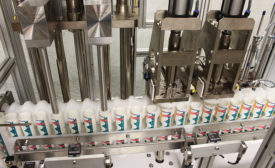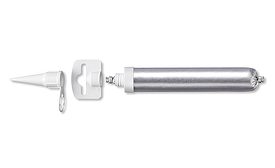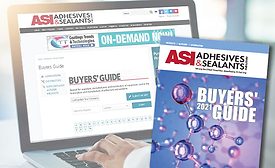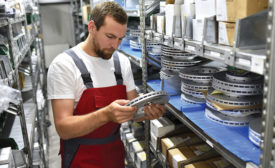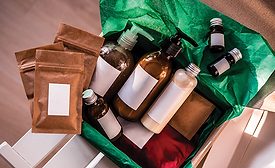Packaging of Adhesives and Sealants
Ask Dr. Dave
Dr. Dave tackles two questions this month, one related to package stability for moisture-sensitive urethane adhesives, and the other regarding epoxy adhesives.
Read More
Ask Dr. Dave
Packaging Moisture-Sensitive Sealants
Can you recommend suitable materials for packaging a sealant that is sensitive to atmospheric moisture? Additionally, we can do accelerated humidity testing of filled packages, but how do we correlate these with shelf life?
May 17, 2021
Product Profile
Developing Unique Adhesive and Sealant Filling Solutions
An industry partnership recently led to the introduction of filling systems that integrate container-handling horizontal screw systems.
February 10, 2021
Understanding Sausage Packaging for Adhesives and Sealants
Sausage packaging enjoys continuing advancements in packaging equipment, available films, and different guns and applicators to dispense materials.
February 3, 2021
How to Use the Annual ASI Buyers’ Guide
Explore the annual Buyers' Guide in the digital edition or online to find suppliers to help your business succeed.
December 10, 2020
Trends in Reusable Protective Packaging Drive Growth of Pressure-Sensitive Adhesive Applications
Choosing the right pressure-sensitive adhesive (PSA) tape for reusable protective packaging depends on the need of the specific application and the materials that are being bonded together.
November 10, 2020
From the Editor
Putting Things Together During a Pandemic
Today’s environment of constant change, ambiguity, and even conflict can lead to especially problematic decision making.
October 20, 2020
From the Editor
Making it Easy to Be Green in the Adhesives and Sealants Industry
Our annual sustainability issue details products and technologies that make it easier for adhesives and sealants to be green.
September 18, 2020
Exploring Sausage Packages for Commercial and DIY Mastics
Many mastic users are either unaware that the sausage package option is available or they find it is not available in the brand they prefer.
August 25, 2020
Container Labeling for Adhesives and Sealants
Proper selection of label and labeler type enables the efficient application of labels on virtually every container shape used in the adhesives and sealants industry.
August 6, 2020
Keep the info flowing with our eNewsletters!
Get the latest industry updates tailored your way.
JOIN TODAY!Copyright ©2024. All Rights Reserved BNP Media.
Design, CMS, Hosting & Web Development :: ePublishing


